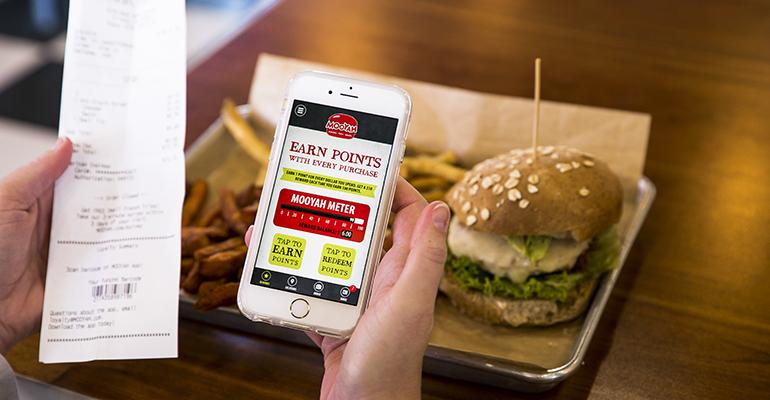You’ve been collecting data about your customers via email, social media, loyalty programs and surveys for years. But are you still sending out the same cookie-cutter marketing campaigns?
“For many restaurant owners, the idea of collecting and using data as part of business operations seems too complicated or unnecessary,” says Brad Marg, COO at Ambler, Pa.-based Clutch. “They don’t know where to start or what the collected data and analysis will be able to do in order to benefit their business. Oftentimes many are unaware that there are platforms and technology that exist to intake data, synthesize it and then provide actionable insights that can inform marketing decisions that yield a real ROI.”
If you’re going to take the time to collect and weed through data to market better to your guests, what are some of the biggest benefits? “Being able to correlate data across multiple internal and external sources helps inform marketers how often a customer dines with them, via which channels they would prefer to receive communications and more,” says Ramon Chen, c.m.o. of Reltio in Redwood Shores, Calif.
The international burger chain Mooyah Burgers, Fries & Shakes hired an in-house analyst two years ago and installed an app this past March to help with its data collection and marketing. “The biggest benefit of data-driven marketing is that it drives sales and gets more from existing guests,” says Natalie Anderson Liu, v.p. of marketing. “Having data takes everything to the next level, and guests receive communications that makes sense. For example, a guest will only receive promotions about family events if they’ve purchased family meals in the past.”
Understanding your customers can help promote your brand on multiple levels, according to Marg. “Pulling together data from the POS and other channels, like social or mobile ordering apps, helps restaurants to better understand customers on a personal level,” he says. “By unearthing patterns of behavior through data and analytics, restaurants can promote new menu items, additional dayparts, other locations, services and more to better serve customers and build long-term brand loyalty.”
When first entering the practice of data collection, having too much information at your disposal can often result in data overload, causing many restaurant operators to freeze, not knowing where to start. “Most companies today still have data siloed into different business units (i.e. sales, marketing and others), which leads to missed insights and opportunities,” says Chen. When all users within a company can access and contribute to the same pool of reliable data, everyone benefits.”
The best piece of advice when it comes to data-driven marketing is to not try to do it yourself, but rather use the many tools that are available to you. “Our app is integrated with our POS and online ordering and measures frequency and spend,” says Anderson Liu. “We ask users to download the app through Facebook, which opens up even more data. With the integration of Facebook, guests can see if a friend checks in, and then refer them to receive a bonus worth $20.”
If you’re just starting out, Anderson Liu suggests looking at guest frequency and seeing what trigger is the sweet spot. “If you don’t have an app or formal system in place, you can also supplement data with surveys that ask guests for targeted data,” she says.
“There are data solutions for businesses at the fast casual, quick-serve and high-end restaurant level, which pull together data across the franchise to enable individual restaurant locations to better understand their customers and their preferences, expectations and behaviors,” says Marg. “It's important to understand that data-driven marketing is possible, even in the short term, and to then build a strategy to expand upon that in the future.”





